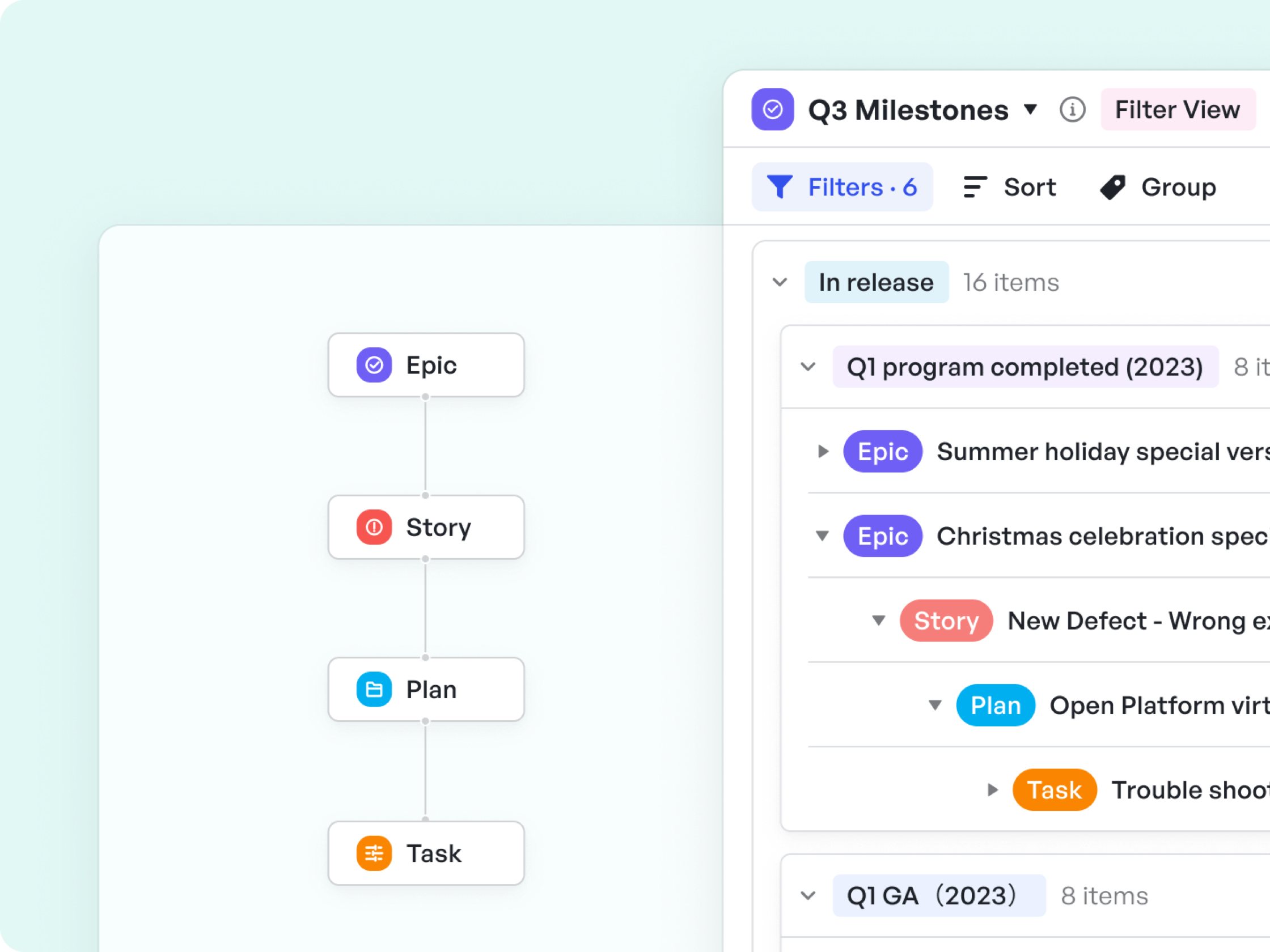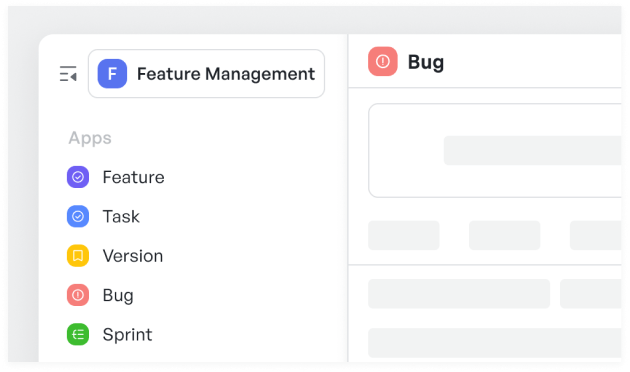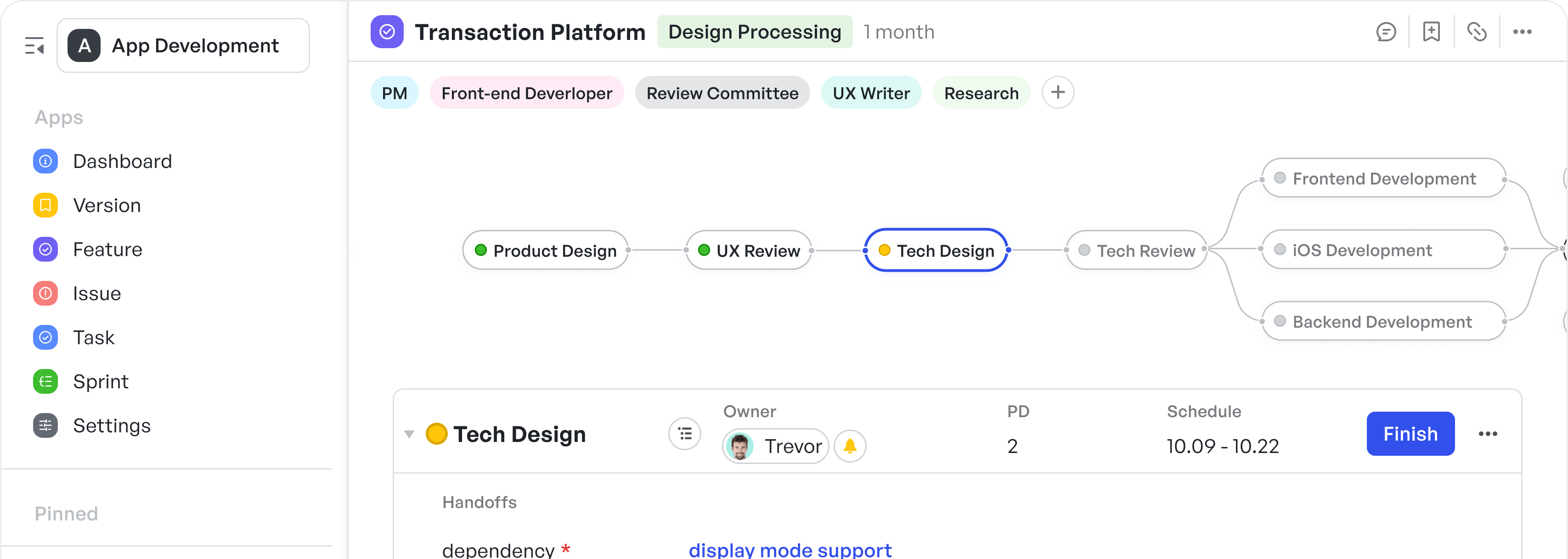Choose The Best Project Management Methodology Step by Step
1. Define Project Objectives and Requirements
First, clearly state what you are trying to achieve with your project. Understand the deliverables, the desired outcomes, and any constraints you are operating under, such as time or budget.
2. Assess the Project Environment
Consider the context in which the project will take place:
- Complexity: Is the project straightforward or does it have many interdependent components?
- Change Frequency: How often do you expect changes to occur?
- Stakeholder Engagement: How involved do stakeholders need or want to be?
- Resources: What resources are available, and what are their constraints?
- Risk Tolerance: Can the project accommodate significant risks, or does it demand risk aversion?
3. Consider Team Dynamics
The skills, experience, and preferences of your team can heavily influence the efficacy of a project management methodology:
- Size: Smaller teams might benefit from the simplicity and direct communication lines of Agile methodologies, while larger teams might require the structured approach of Waterfall or PRINCE2.
- Expertise: Experienced teams might work well with a methodology that allows for more autonomy, like Agile, whereas teams with less experience might benefit from the step-by-step guidance of Waterfall.
4. Understand Different Methodologies
Research the strengths and preferred applications of various methodologies:
- Waterfall: Ideal for projects with well-defined stages and requirements that are unlikely to change.
- Agile: Suited to projects that require flexibility and frequent reassessments, often used in software development.
- Lean: Focuses on delivering value with less work and is good for projects aiming to optimize production processes and eliminate waste.
- Scrum: An Agile framework that is iterative and incremental, useful for projects that expect and require frequent changes.
- Kanban: Helps visualize work and maximize efficiency, suitable for ongoing processes with varying priorities.
- Hybrid Approaches: Combines elements from different methodologies to leverage the benefits of both structured and flexible approaches.
You may also be interested in this article!
5. Evaluate Against Key Considerations
Refer to the key considerations from the previous interactions, which include cost and budget limitations, team size, risk tolerance, flexibility requirements, timeline constraints, and client/stakeholder collaboration levels.
6. Test Different Methodologies
If possible, run a small pilot or simulation using the methodologies you are considering to see how well they fit with your project scenario.
7. Gather Team and Stakeholder Input
Discuss the potential methodologies with your team and stakeholders to gather their insights and preferences.
8. Consider Tooling and Infrastructure
Examine the project management tools you have at your disposal (such as Meegle, Jira, Monday.com, or ClickUp) and consider how well each methodology would integrate with these tools.
9. Decision Making
With the insights gathered from the above steps, make an informed decision on which methodology best aligns with your project’s needs. Remember, there may not be a 'perfect' fit, but rather the best available option based on current understanding.
10. Review and Adapt
Even after choosing a methodology, be prepared to review its effectiveness regularly and adapt your approach as the project progresses and as new information emerges.
Throughout this process, it’s crucial to remain pragmatic. Methodologies are frameworks meant to be tailored to your project's specificities. The right fit understands the uniqueness of your project and allows your team to be dynamic, responsive, and effective in its execution.
Which project management methodology would integrate with Meegle?
Meegle is designed to be versatile and can support multiple project management methodologies. It does not lock you into one specific way of working; instead, it provides tools and features that can be adapted to various methodologies based on your project’s needs. Here's how Meegle could integrate with a few popular methodologies:
Unlock efficiency with the Meegle Feature Management template. Start your 30-day free trial today!
Scrum
Scrum is an Agile framework that organizes work into sprints with roles like Scrum Master and Product Owner. Meegle can facilitate the Scrum process by helping to manage the Product Backlog, Sprint Backlogs, and by providing a hierarchy Scrum framework.

250px|700px|reset
Kanban
Kanban focuses on visual workflow management to optimize ongoing processes. Meegle's ability to create customizable boards where tasks can be tracked and moved through different stages suits the Kanban method well.

250px|700px|reset
Hybrid Approaches
For those who prefer a mix of methodologies, Meegle’s flexibility enables a hybrid approach. You can set up a visualized workflow that combines the structured planning of Waterfall for certain project deliverables with the iterative and flexible nature of Agile for others.

250px|700px|reset
To determine the best fit for your project when using Meegle, consider your project size, complexity, stakeholder expectations, and team dynamics. Then, explore Meegle's features and decide how they can be best applied to support your chosen methodology. Remember, the best project management methodology is the one that works best for your project's specific context, and Meegle offers the adaptability to meet those varied needs.

